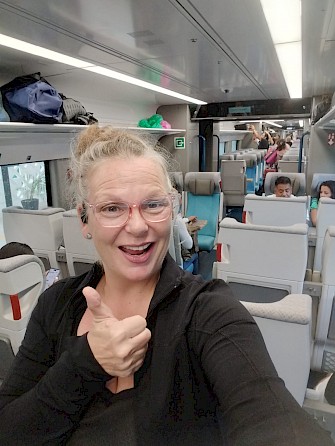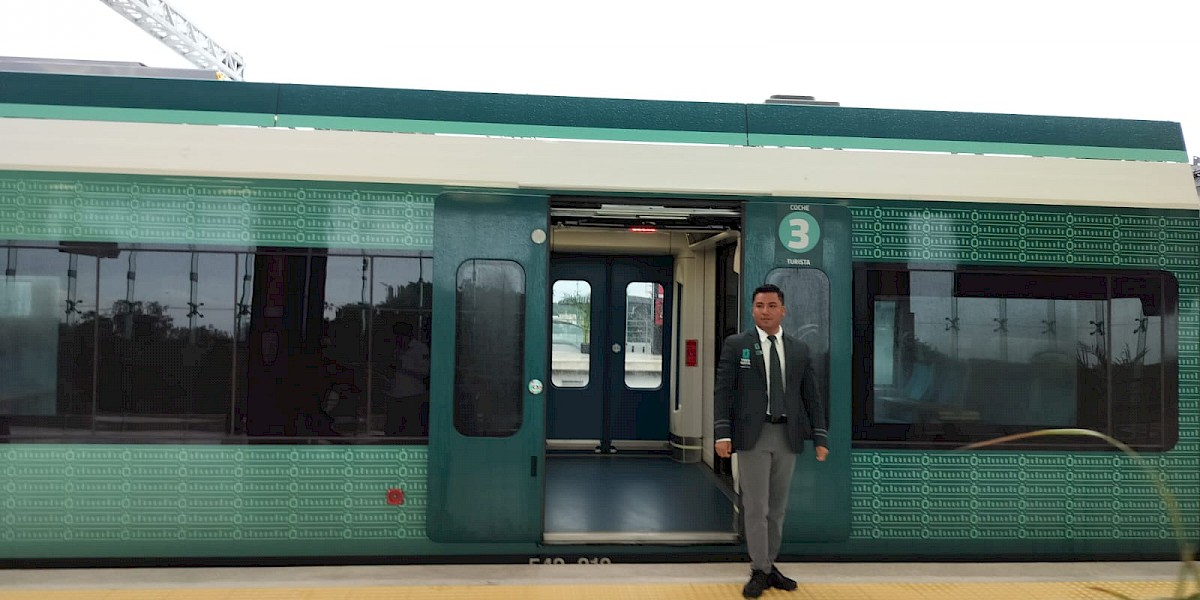
Tren Maya: From Playa del Carmen to the "Golden City" of Izamal Tren Maya: From Playa del Carmen to the "Golden City" of Izamal
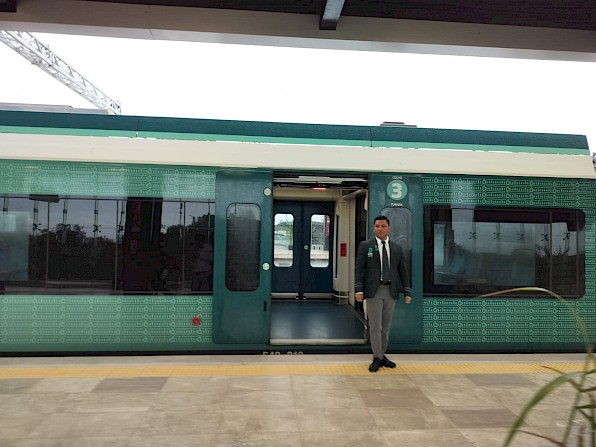
Izamal, the charming "Golden City" of the Yucatán, is a place that has always felt like home to me. Known for its vibrant, Pope Yellow-colored buildings that were painted in honor of Pope John Paul II’s visit in 1993, this Pueblo Mágico (Magical Town) has a beautiful blend of Mexican and Mayan culture. For me, it's more than just a picturesque town – it’s a family destination that holds a special place in my heart.
Located about 40 minutes from Mérida, Izamal it used to be a bit of a hassle to get to, with two main options: drive or take the ADO bus. If you drive, it’s a roughly four-hour journey no matter which route you take. There’s a toll road option, which is well-maintained and high-speed, offering a smoother ride, with highway helpers ready to assist if you run into trouble. The downside? The tolls add up to about 500 pesos each way, plus gas (roughly 1.5 tanks), bringing the total cost to about 1,000 pesos or more per round trip.
Then there’s the bus. While it’s cheaper, it's also less direct. I’d take an ADO bus from Playa del Carmen to Mérida (around 700 pesos), and from there catch another bus to Izamal. But this isn’t a fast route – the second bus stops at almost every town along the way, so it can take an additional two hours to get to Izamal.
As someone who’s lived in the Mayan Riviera for over 20 years, I’ve long dreamed of what the Tren Maya could mean for travel in the region. This new train promises to connect the Yucatán in ways that could save time and money and promote local tourism to the many archeological site that make this region world famous. But, like many locals, I had concerns about the environmental impact, the preservation of Mayan heritage, and how it would affect tourism and local communities over the long run.
Now that the Tren Maya is (mostly) up and running, here’s my take:
For a National Local like me, the new train offers a great deal. The direct route from Playa del Carmen to Izamal costs me just 506 pesos one way, which is definitely cheaper than driving or taking the bus and is the most efficient route. The train ride itself takes about four hours and goes straight to the town of Izamal, with only 6 stops along the way.
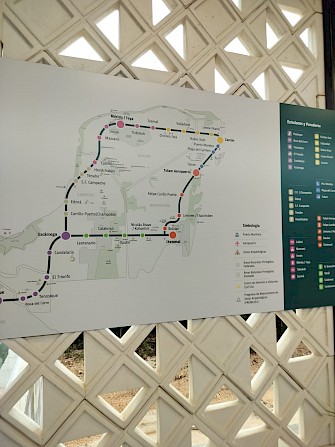
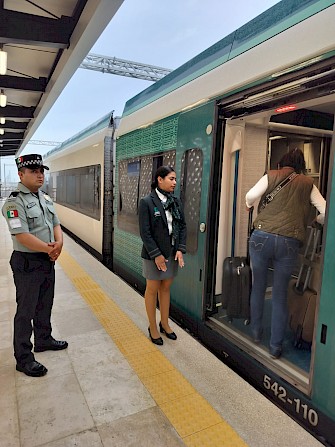
That said, the train still has some kinks to iron out. For example, there’s only one departure per day on this route, and the ground transportation from the train stations isn’t fully streamlined yet. In Playa del Carmen, you can catch an ADO bus for just 55 pesos to the town center, or you can grab a taxi – but I wasn’t about to pay triple the price for convenience of the taxi stand at the train station. I walked out to the street (about a 5 minute walk) and flagged a regular taxi instead.
When I arrived in Izamal, there was no taxi stand or obvious public transportation options. I was lucky enough that my family was there to meet me. The train station itself is tucked away in the jungle, with nothing else around it and the walk to the highway is long, I would guess it’s about 20-30 minute walk. Havign said that, the station is quite a way out of town, this stretch of highway does not have taxis commonly driving past hoping to pick up fares. I did see a handwritten sign with two phone numbers for local taxi services – maybe next time I’ll give one of them a call and report back.
As for the train stations, they’re brand new, clean, and modern. In Playa del Carmen, there’s a GoMart convenience store where you can grab snacks or drinks. In Izamal? Not so much – at least not yet. But given the growing number of travelers expected to pass through, I’m sure more services will become available soon.
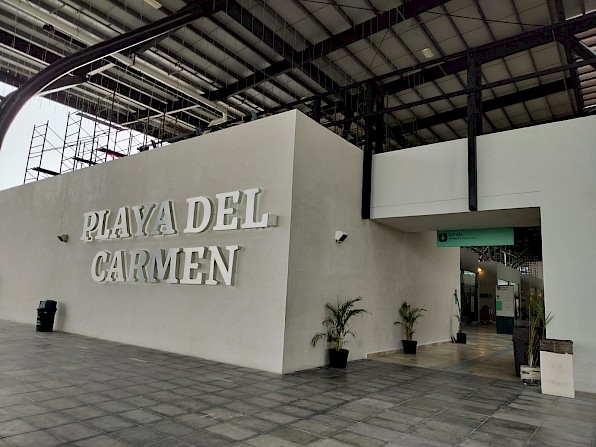
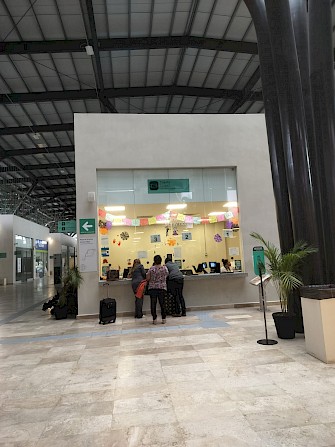
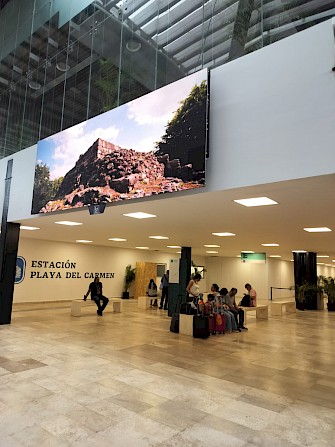
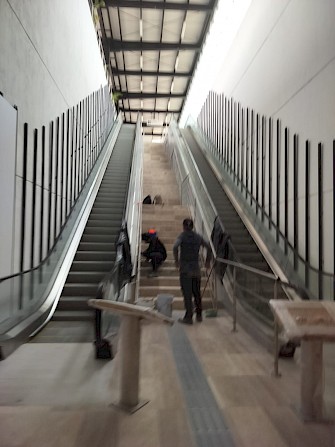
Onboard, the train is a pleasant experience. The seats are comfortable, the space is roomy and the tray table can easily support a laptop; there’s a bar car offering coffee, soft drinks, beer, chips, and some prepacked Mexican baked goods, sandwiches and the like. The bathrooms are clean and modern, with spacious facilities, including a very well-designed handicapped bathroom that actually appears to be easily maneuvered with a wheelchair (a rare find in many places in Mexico!).
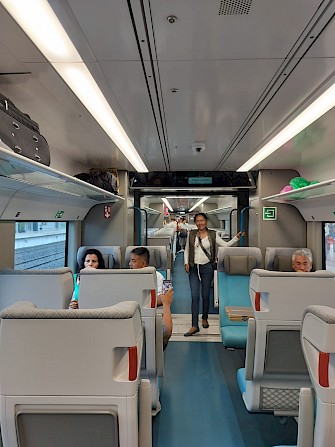
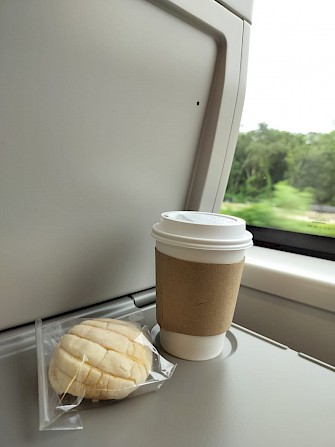
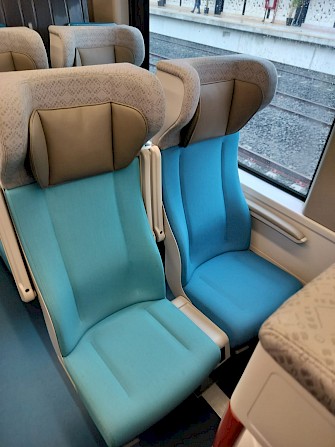
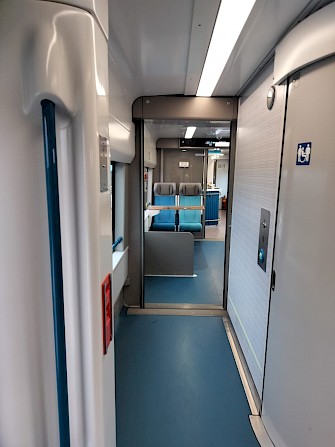
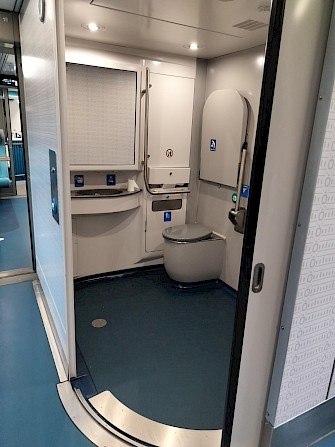
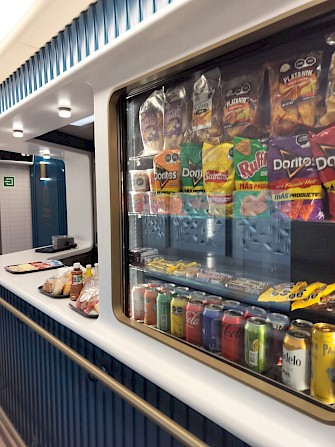
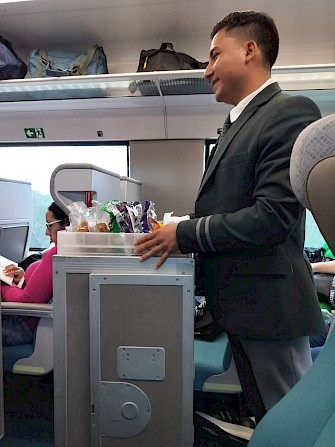
As for the scenery along the way, the route passes through low jungle, with train construction materials and work sites visible along the way. Internet service and cell phone coverage are spotty at best, so it’s a good idea to bring a book or some downloaded entertainment for your journey.
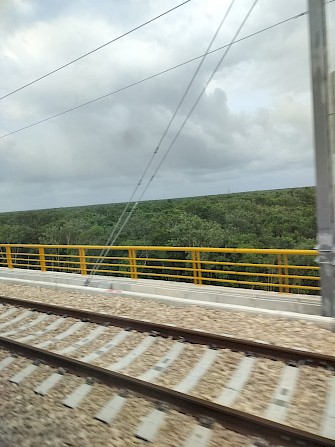
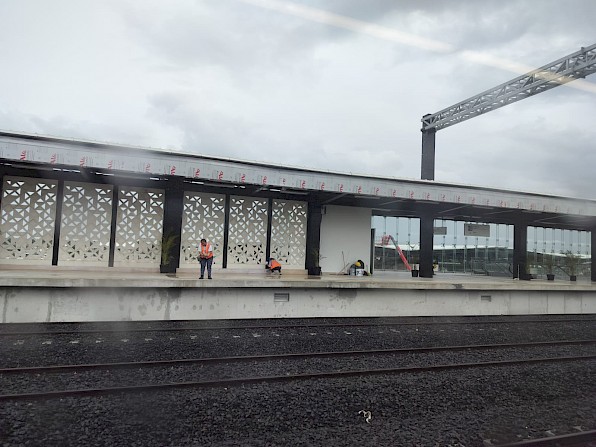
In short, the Tren Maya isn’t exactly the dream train I envisioned, but it’s still a solid option for me. As a Mexican National living in the Yucatán Peninsula, it's by far the most affordable and efficient way to get to Izamal, especially when compared to driving or taking the bus. So, I give it a thumbs up.
For foreign travelers, the price is a bit higher: $759.50 pesos for Mexican Nationals from other parts of the country, and $1,010.50 pesos for foreigners- tourists or not. Permanent Residents do not get a local discount, which is a bit of a bummer. Also, there are no senior discounts unless you have a Mexican INAPAM card.
Looking ahead, I’m hopeful that as the Tren Maya becomes more popular, we’ll see more schedule options, better goods, services and transportation options available, and perhaps even some kind of all-you-can-ride pass for those who wish explore the entire peninsula. I’d also love to see discounted fares for permanent residents and foreign seniors! For now, I’m just happy to have a more convenient and direct way to connect with my family in Izamal – and I’m excited to see how the train evolves over time.
